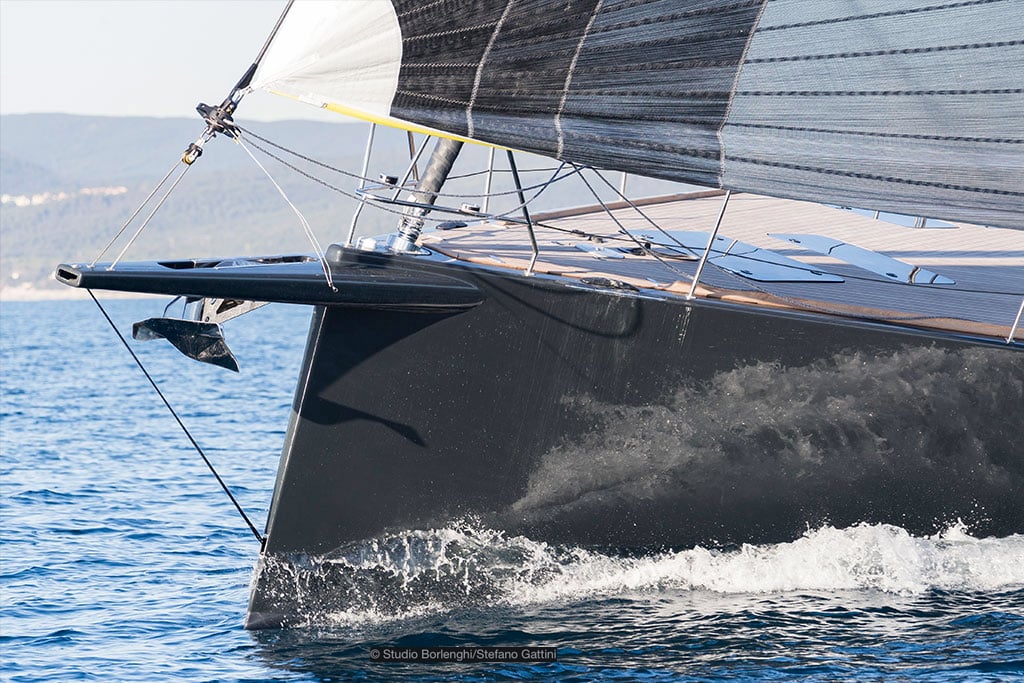
Armare Ropes is a 200-year-old, family owned, rope making business in Northern Italy. Upffront are pleased to launch a new range of finished torsional ropes, for code zero and asymmetric furlers, from this progressive company.

Armare Ropes is a 200-year-old, family owned, rope making business in Northern Italy. Upffront are pleased to launch a new range of finished torsional ropes, for code zero and asymmetric furlers, from this progressive company.
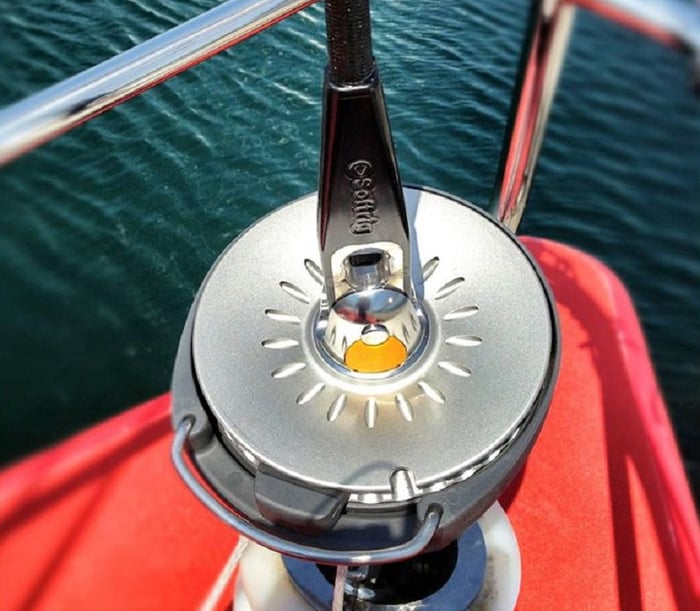
In this blog we explore the differences between Torsional Ropes and Custom Torsional Cables, the pro's and cons of each and provide guidance on the specification boundaries between the two.
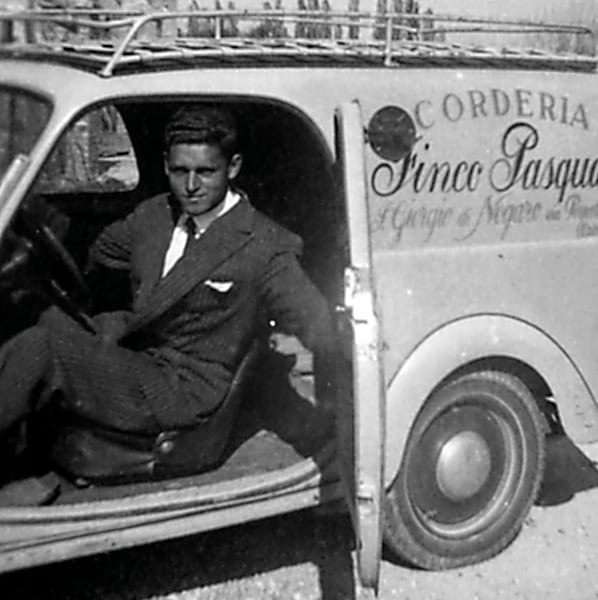 Giuseppe Finco - Image Credit © Armare Ropes
Giuseppe Finco - Image Credit © Armare Ropes
Despite being a small, family-run business, Armare Ropes are operating at the top of their game.
Boasting five generations of knowledge, the traditional ropemaker has earned its place as a leading specialist, and is now proud to be the official Emirates Team New Zealand rope supplier.
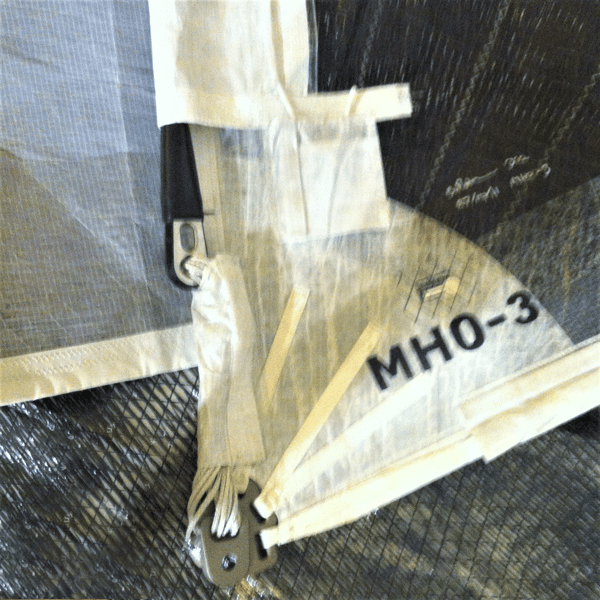
Image Credit: Doyle Oleu Sailmakers
Previously on the upffront.com blog, we looked at how to measure a new torsional cable for your boat, and emphasised the importance of an accurate measurement to ensure a correct cable specification for your new code zero or downwind asymmetric.
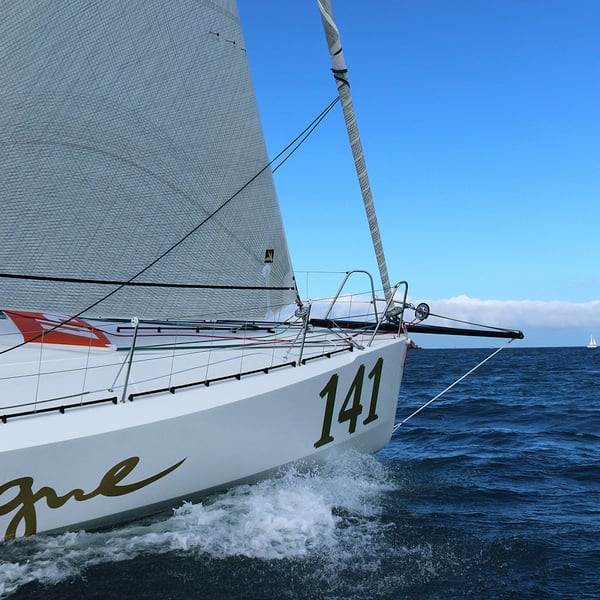 Image credit: Facnor
Image credit: Facnor
You have decided to go for a new code zero or downwind asymmetric. To ensure the furling system fits your boat, it is important to take a physical measurement of the maximum space available from the attachment point of the drum to the full hoist halyard position.
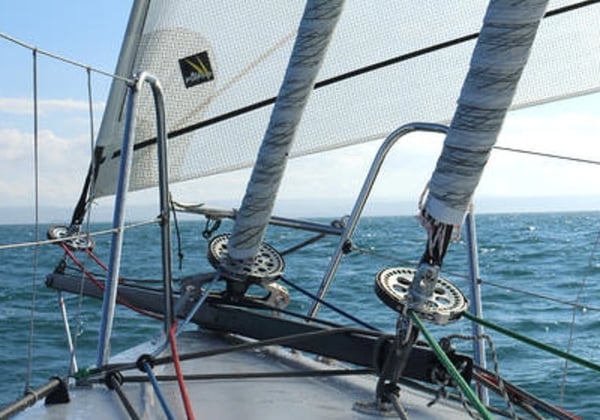
Have you got any idea what's the difference in design between a top-down or bottom-up torsional cable? Find out what makes a good torsional cable and the important differences between the two applications.